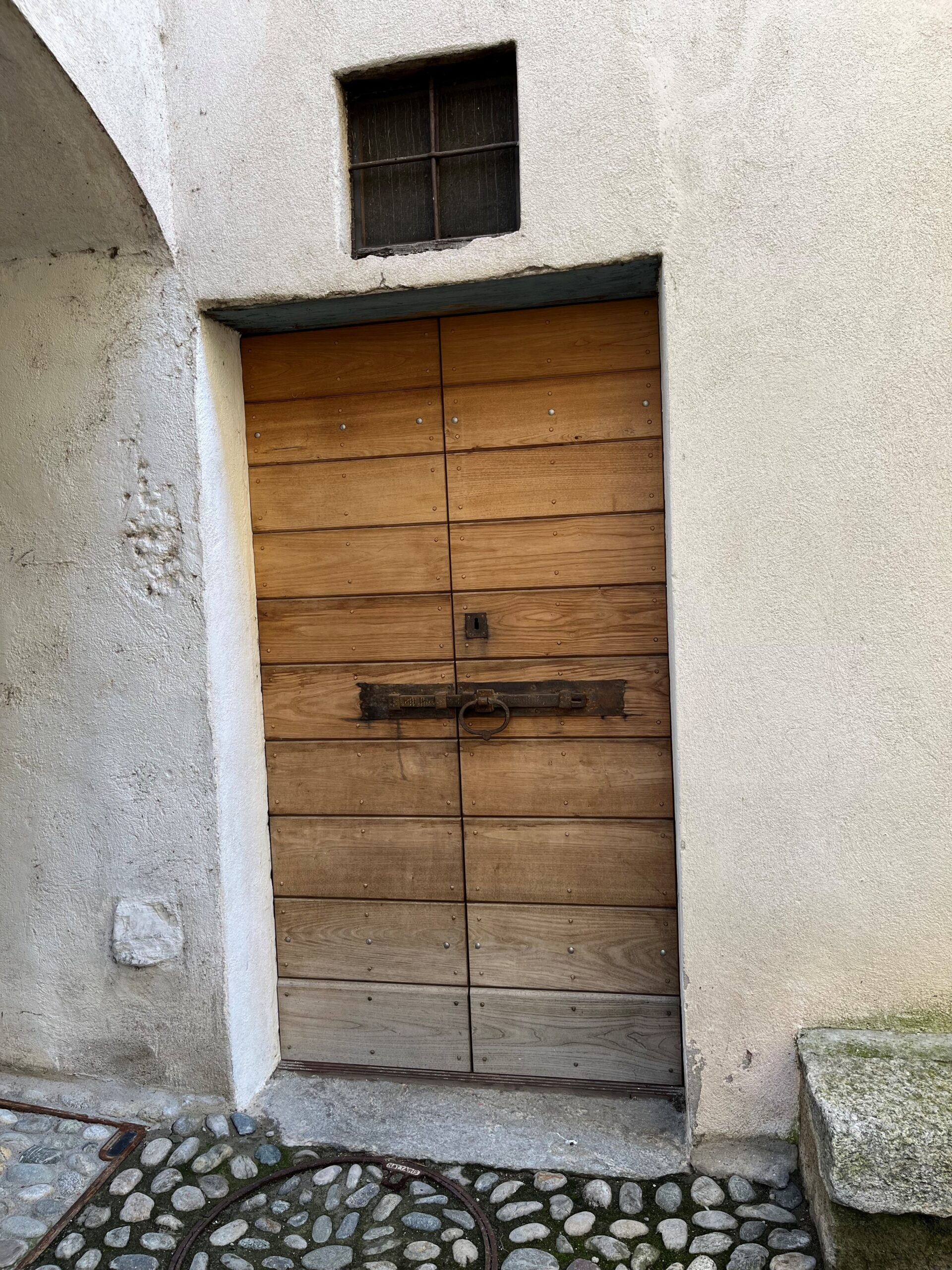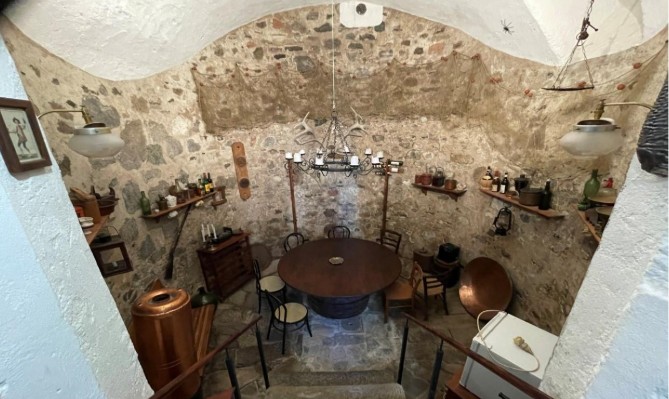19. The neviera
The construction of ice cellars or icehouses (neviera or nevèra in dialect) dates back to ancient times and is common throughout our region as far as the Prealps.

The history
The history
The storage of snow in pits or special buildings, usually at least partially underground, is a practice that dates back to the Middle Ages. In Lombardy, there are snow pits and ice houses dating from the 15th century.
The use of ice for health purposes (compresses, inflammations, etc) has ancient origins. In lake areas ice produced on the water surface was broken up and stored in icehouses, from which it was taken especially for the preservation of fish. In general, snow pits were used to preserve food products (meat, cold meats, eggs, butter, milk, cheese, etc.). Filled in winter, they allowed the preservation of food in a cool environment until May-June. Stone steps fixed within the perimeter wall enabled people to descend gradually as the level of the pressed snow went down. The neviera of Bissone is located in the Paolo Veronese district and was made out in a partially underground room in the middle of which a round pit with a 6.5 metres diameter was dug. It was loaded from the back and enabled the preservation of fish for several months.
Domestic ice cellar
 After snow cellar, domestic iceboxes appeared, especially in urban areas.
After snow cellar, domestic iceboxes appeared, especially in urban areas.
These generally consisted of a cabinet with two or three compartments: one of these, lined with galvanized metal, held the block of ice or chunks of ice, while the sides were used to store perishable foodstuffs.
A tap placed under the cabinet allowed the melting water to be collected.
Electric refrigerator and freezer
The invention of the electric refrigerator dates back to 1913 and is attributed to the American Fred W. Wolf. Although the discovery was not very successful at the time, it did have the merit of triggering further research and the subsequent industrial-scale production of this precious household appliance. The possibility of producing cold artificially changed lifestyles throughout the world and brought about a real revolution, especially in the food trade.
In Ticino, the beneficial effects spread from the middle of the last century, with the arrival of the first ammonia refrigerators that outclassed the old-fashioned iceboxes. Later, in the wake of increasingly advanced technological solutions, freezers and frozen foods appeared. Today, the availability of artificial cold is so much a part of daily life that the younger generations find it hard to imagine how people could have done without it in the past.
Today, the old icehouse is used as a small cave for convivial gatherings, especially during the summer.


